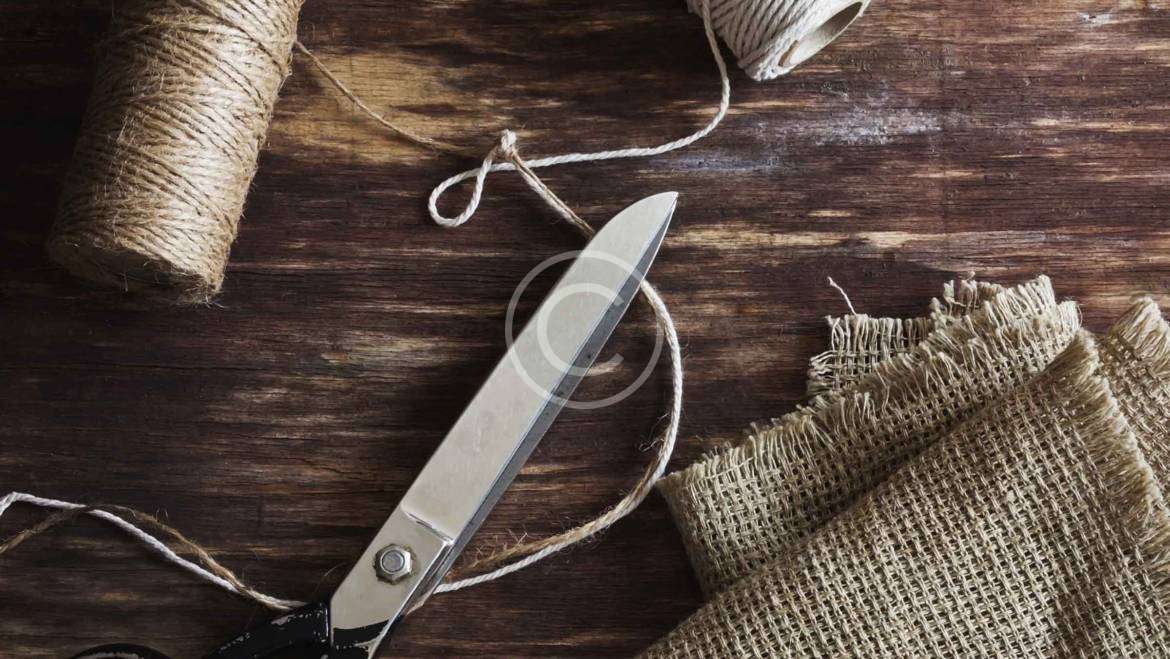Introduction: Sewing is a versatile and rewarding skill that allows you to create your own unique garments, accessories, and home decor items. Whether you’re a beginner or an experienced sewer, having a collection of useful sewing tips can greatly enhance your sewing journey. In this comprehensive guide, we’ll share 50 invaluable sewing tips that will help you achieve professional results and make your sewing projects a breeze.
Sewing Basics:
- Invest in a quality sewing machine that suits your needs and skill level.
- Familiarize yourself with the different sewing machine stitches and their uses.
- Use the correct needle size and type for your fabric.
- Practice proper threading and bobbin winding techniques.
- Learn how to adjust tension settings for different fabrics.
Cutting and Measuring:
- Use sharp fabric scissors exclusively for cutting fabric.
- Keep a rotary cutter and cutting mat for precision cutting.
- Always pre-wash and iron your fabric before cutting.
- Use pattern weights or pins to secure your patterns while cutting.
- Double-check measurements and pattern markings before cutting.
Fabric Selection:
- Understand different fabric types and their properties.
- Choose the appropriate fabric weight and drape for your project.
- Consider the fabric’s print or pattern direction when cutting.
- Test fabric compatibility with your chosen sewing techniques.
- Build a fabric stash with a variety of options for future projects.
Seam Finishing and Construction:
- Finish raw edges with techniques like zigzag stitching or serging.
- Use appropriate seam allowances and mark them accurately.
- Press seams open or to one side for a professional finish.
- Grade seams to reduce bulk in thicker fabrics.
- Reinforce stress points with extra stitching or backstitching.
Sewing Techniques:
- Practice different stitches, such as straight stitch, zigzag stitch, and blind hem stitch.
- Experiment with different seam finishes, like French seams or bias tape.
- Master techniques like gathering, pleating, and easing fabric.
- Learn how to sew darts, tucks, and pleats for shaping garments.
- Explore decorative stitching and embellishment techniques.
Finishing Touches:
- Install zippers and buttons neatly for a polished look.
- Practice proper hemming techniques for different types of garments.
- Add interfacing to strengthen and stabilize fabric areas.
- Use pressing tools, such as a tailor’s ham or clapper, for crisp seams.
- Master the art of hand stitching for invisible repairs and finishing touches.
Pattern Alterations and Adjustments:
- Take accurate body measurements for proper pattern fitting.
- Learn basic pattern alterations, such as lengthening or shortening.
- Adjust patterns for a better fit using techniques like grading or adding darts.
- Experiment with pattern modifications to personalize your designs.
- Create muslins or test garments before cutting into your final fabric.
Organizational Tips:
- Keep a well-organized sewing kit with essential tools and notions.
- Use clear storage bins or boxes to sort and store your sewing supplies.
- Label and store your fabric stash for easy identification.
- Maintain a sewing journal to track projects, patterns, and techniques.
- Create a dedicated sewing space that is comfortable and well-lit.
Troubleshooting and Maintenance:
- Learn how to troubleshoot common sewing machine issues.
- Clean and oil your sewing machine regularly for optimal performance.
- Replace sewing machine needles frequently to prevent skipped stitches.
- Keep spare bobbins and thread colors readily available.
- Seek guidance from online sewing communities and tutorials for problem-solving.
Inspiration and Education:
- Follow sewing blogs, social media accounts, and YouTube channels for inspiration.
- Attend sewing classes or workshops to learn new techniques.
- Explore different sewing patterns to challenge your skills.
- Take on sewing projects that push your boundaries and expand your knowledge.
- Embrace the joy of sewing and enjoy the creative process!
Conclusion: With these 50 sewing tips at your disposal, you’re well-equipped to embark on your sewing journey or take your skills to the next level. Remember, practice makes perfect, so don’t be discouraged if you encounter challenges along the way. Sewing is a lifelong learning experience, and with dedication and passion, you’ll continue to grow and create beautiful, handmade items. Happy sewing!




3 Comments
My website is now on an absolutely new level. I am totally happy about how it looks and functions. Thank you for the great design and impeccable customer support!
You are most welcome! Please stay tuned for upcoming updates
Awesome! Now we can upgrade our site too
Add Comment